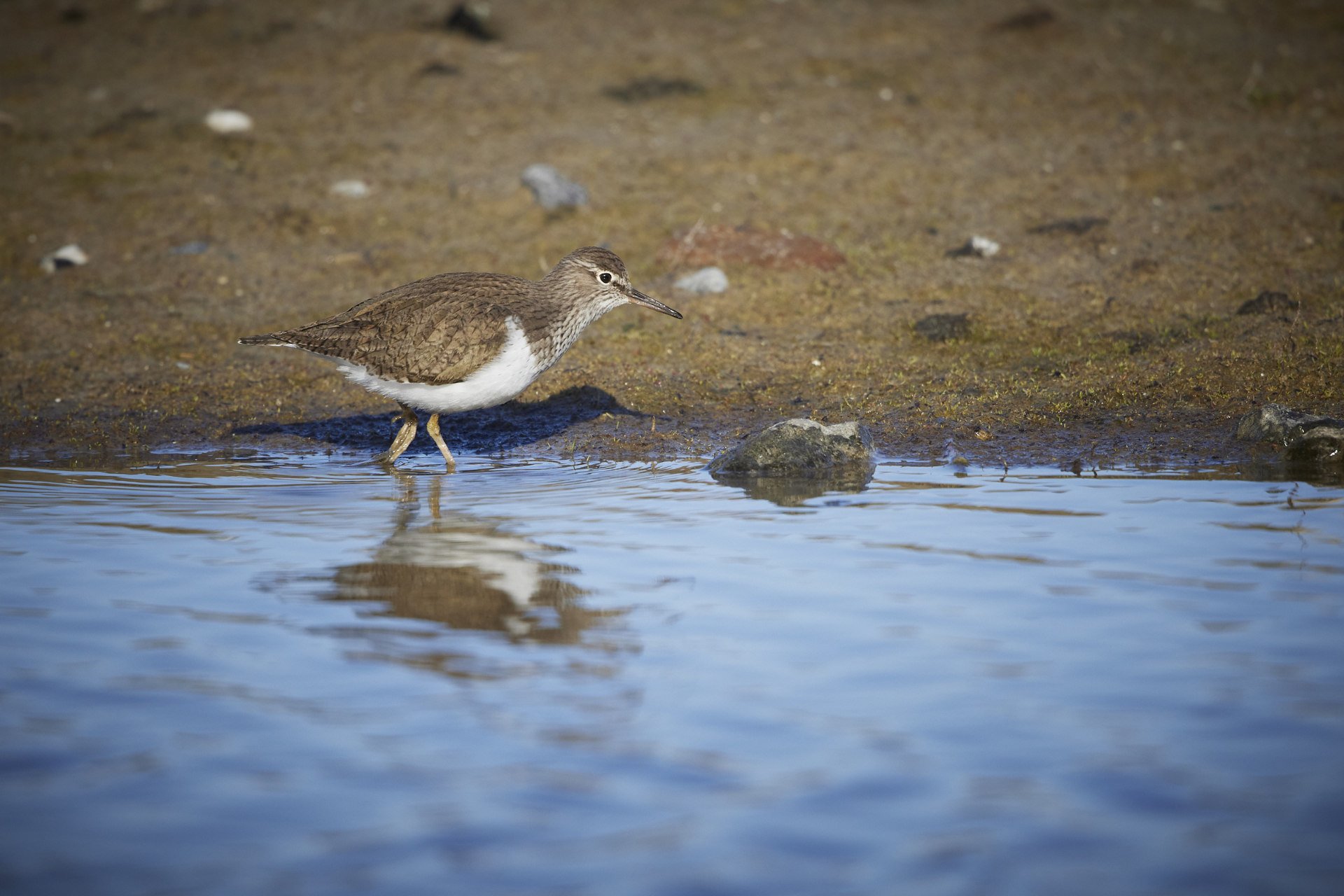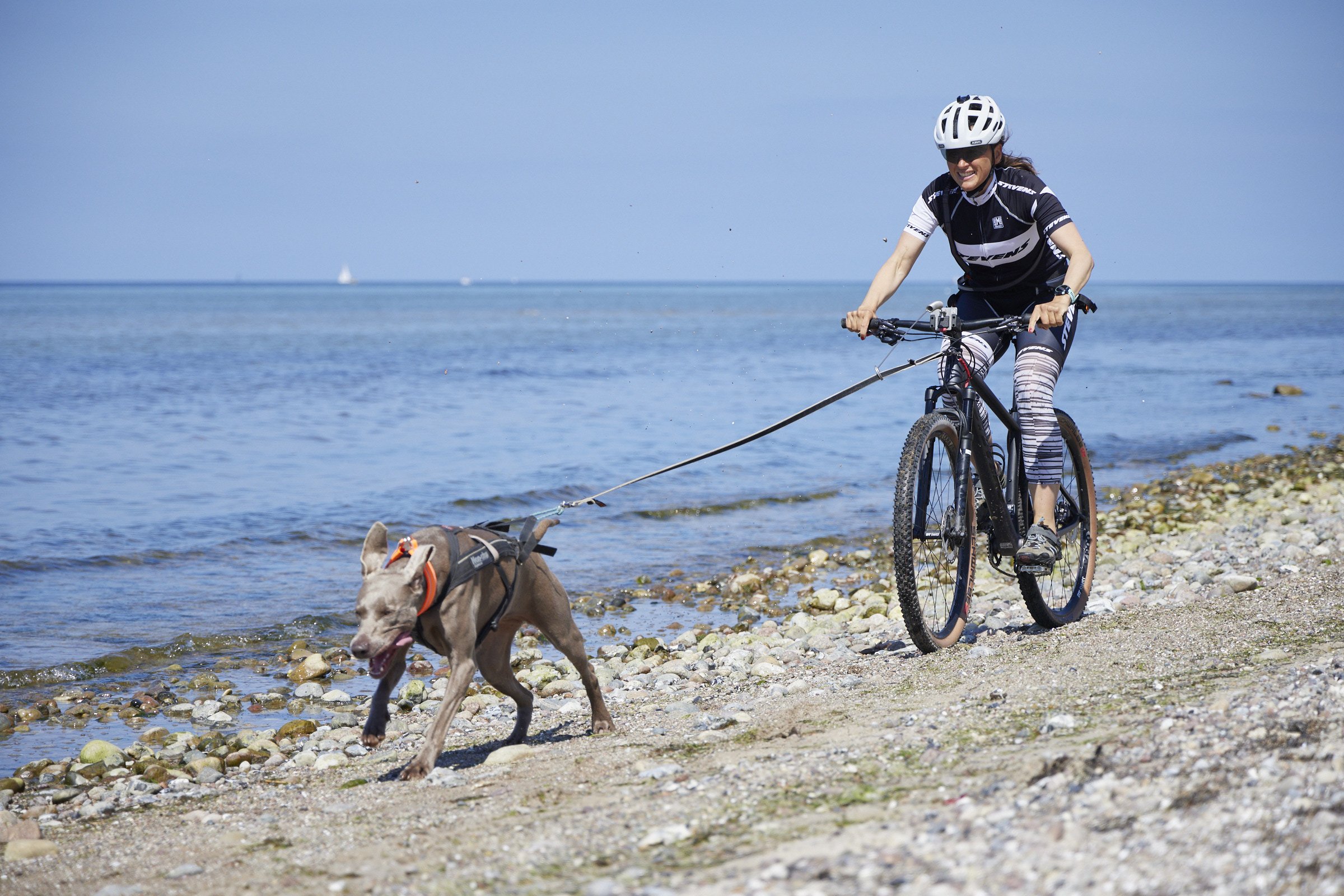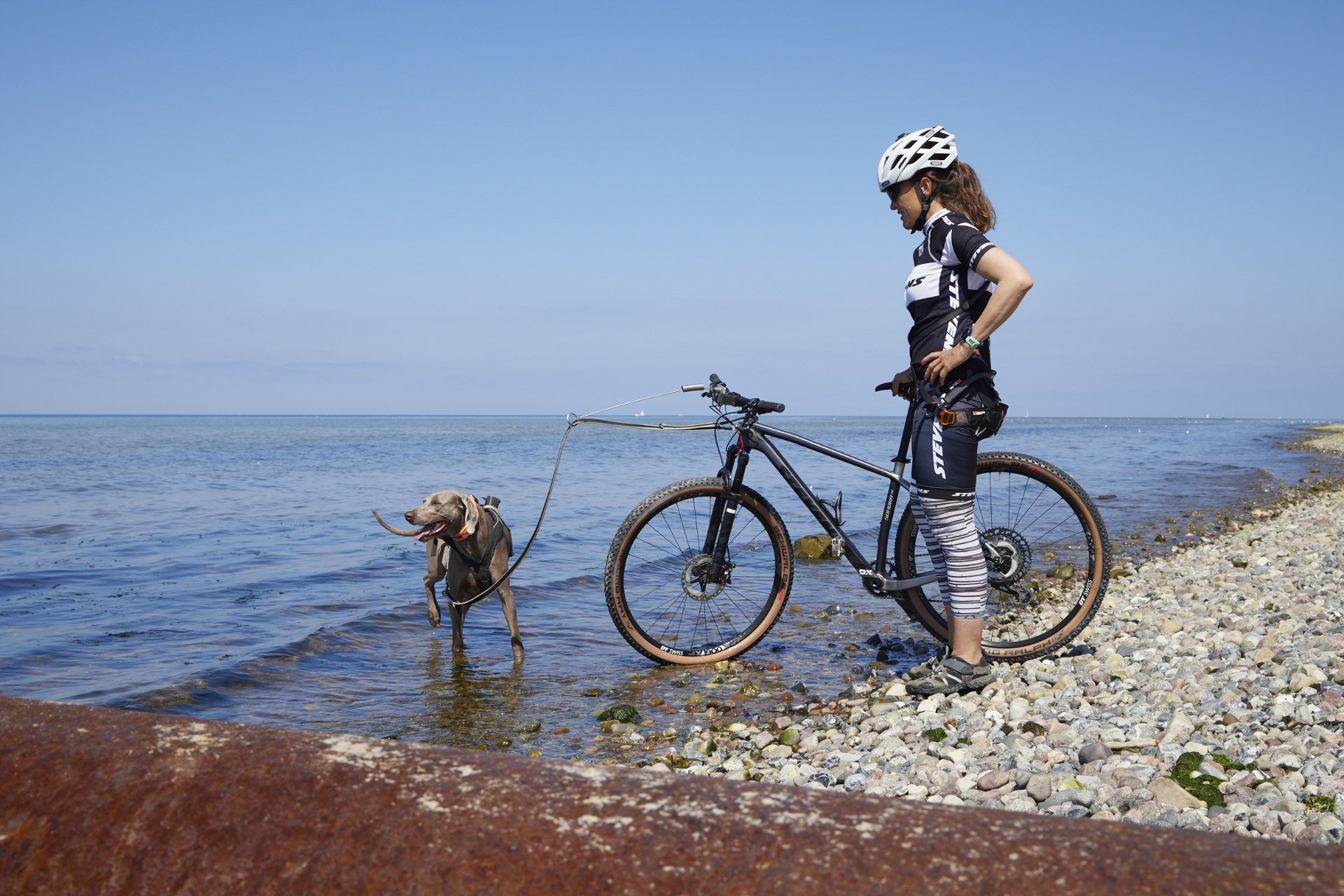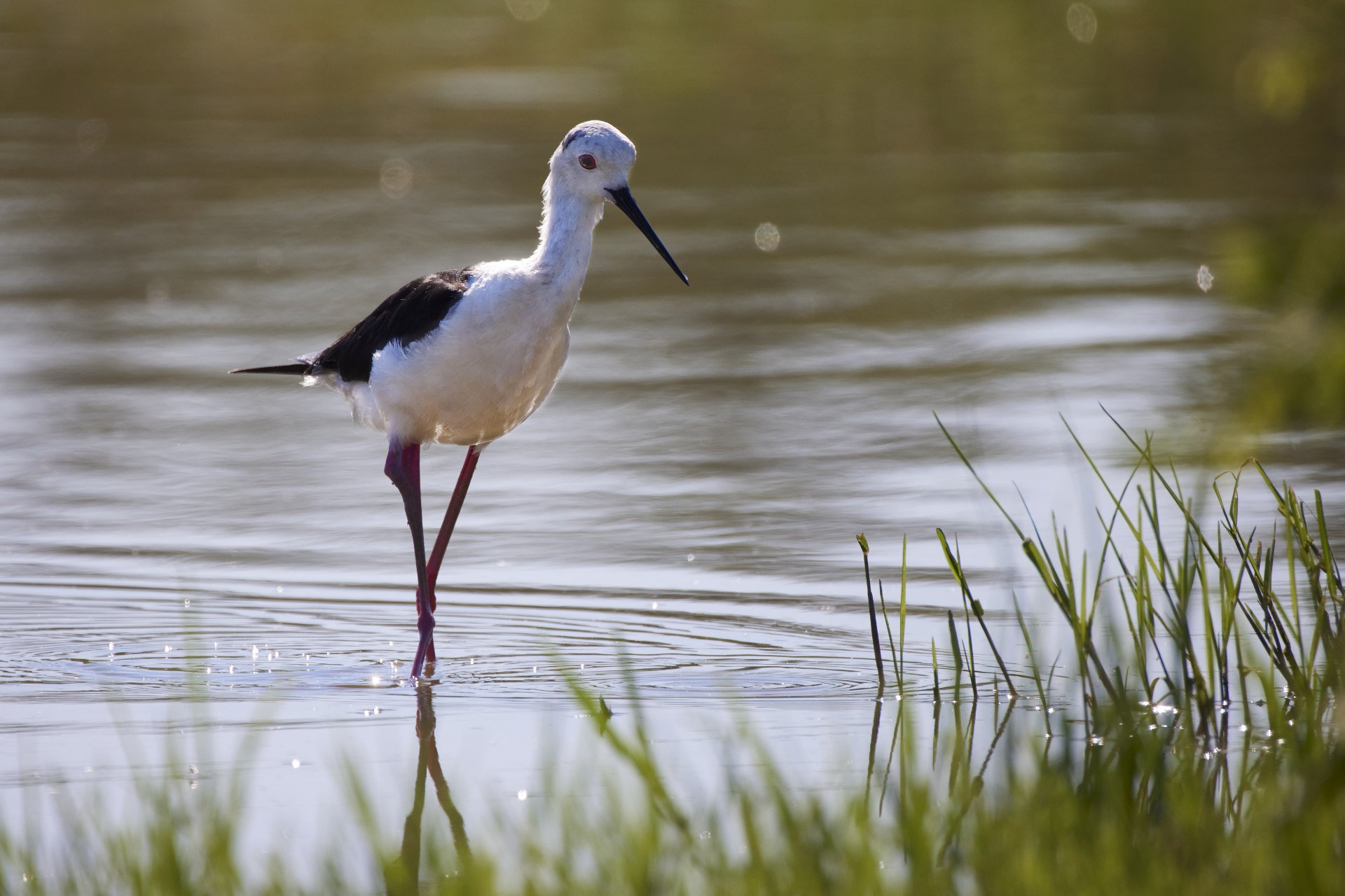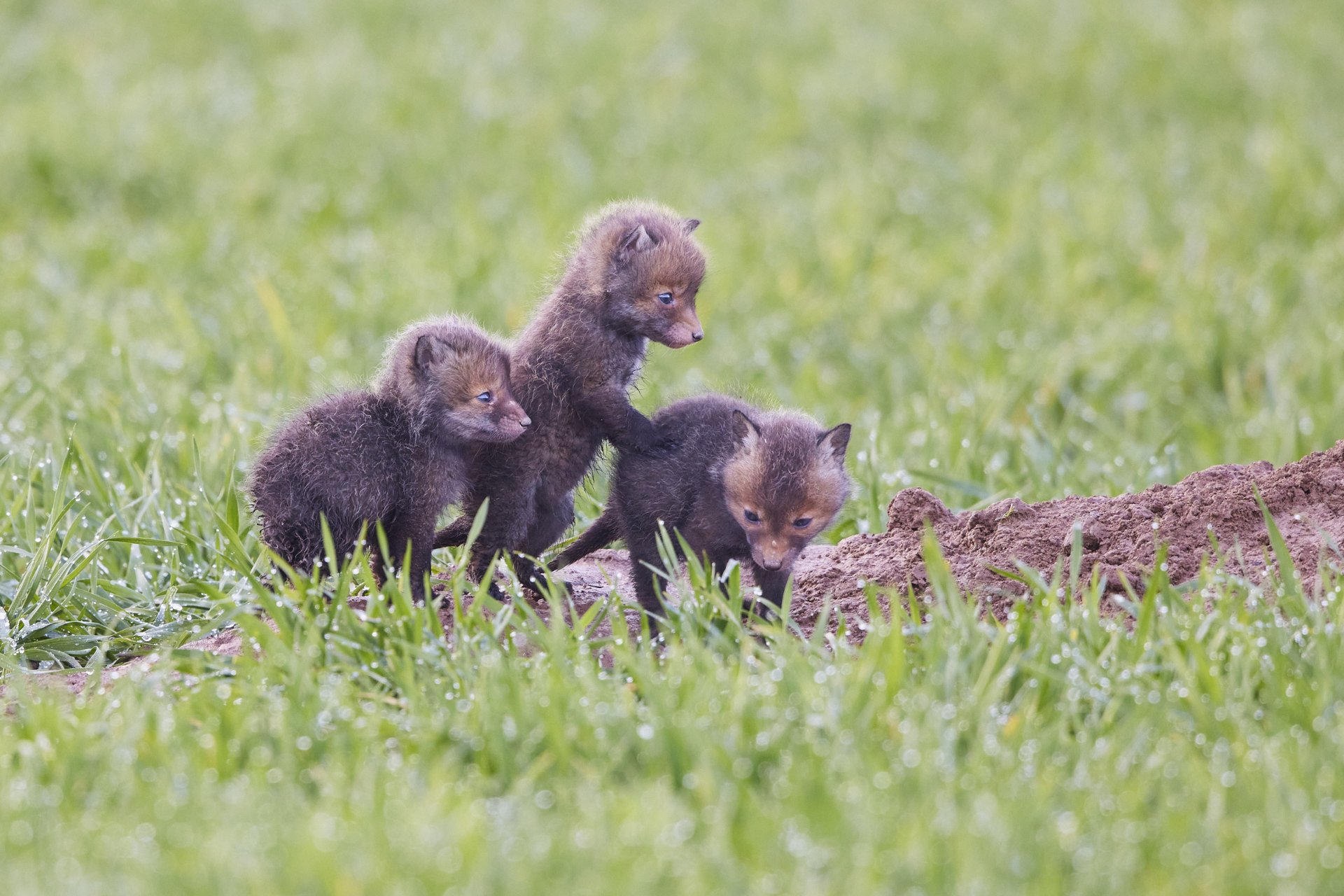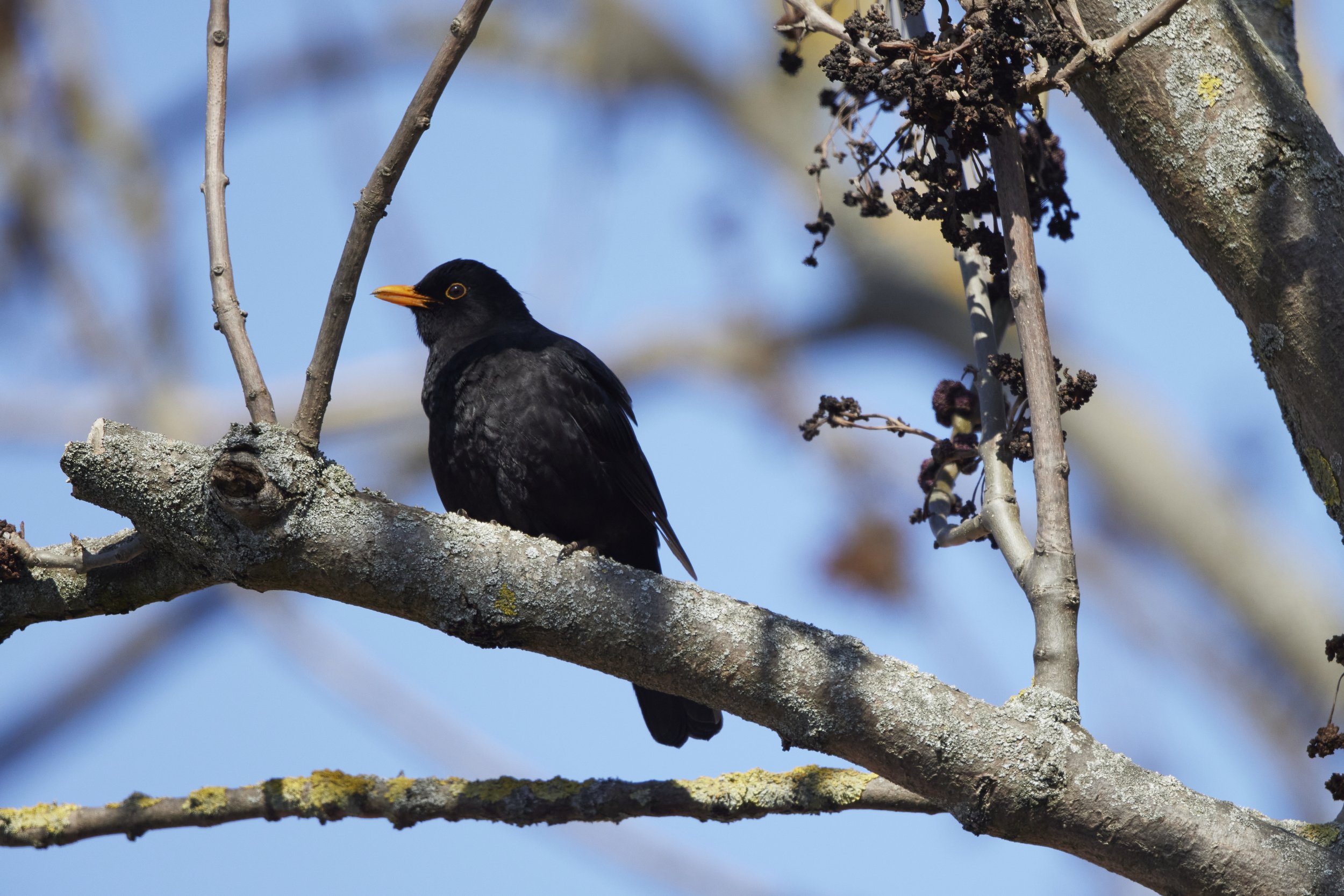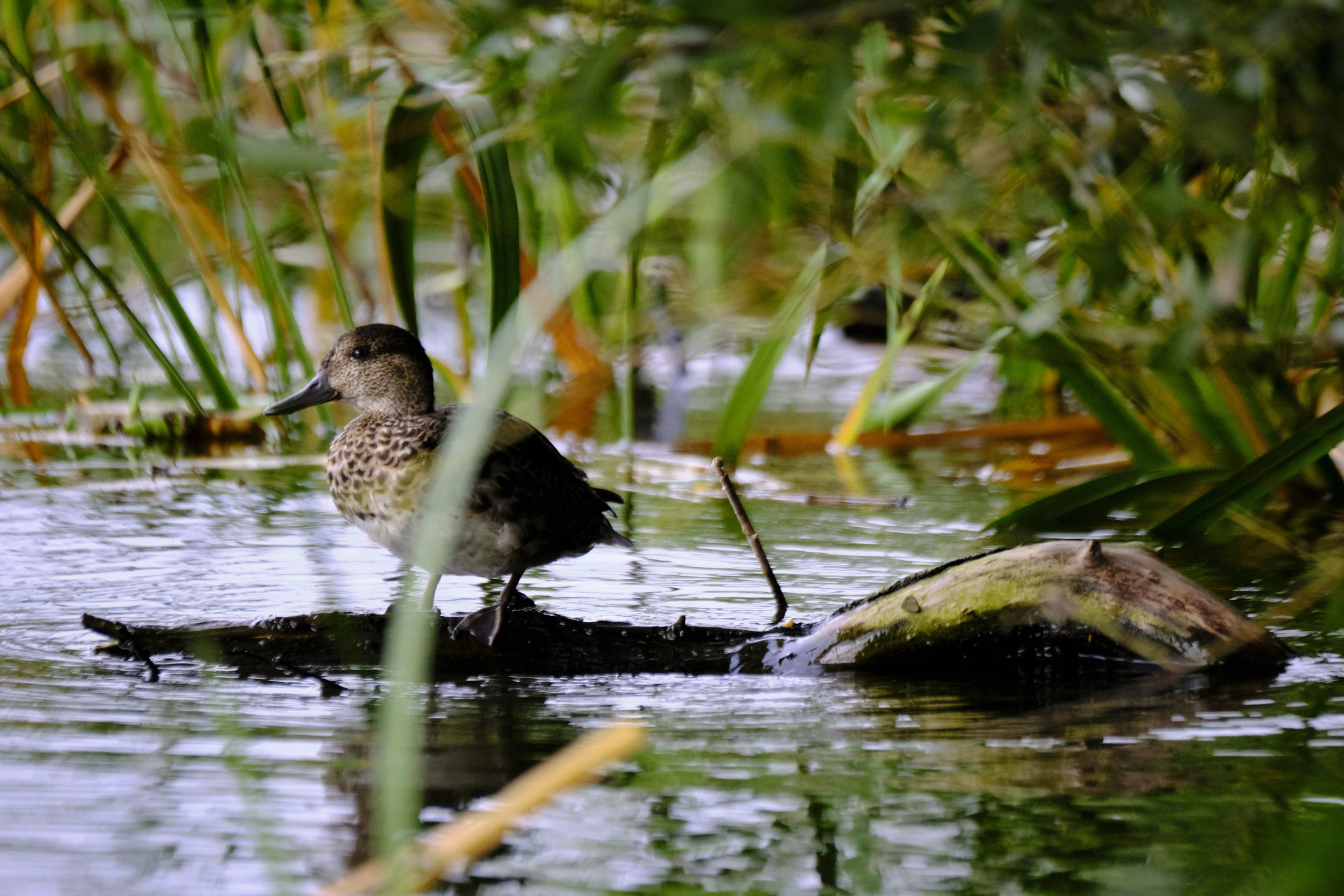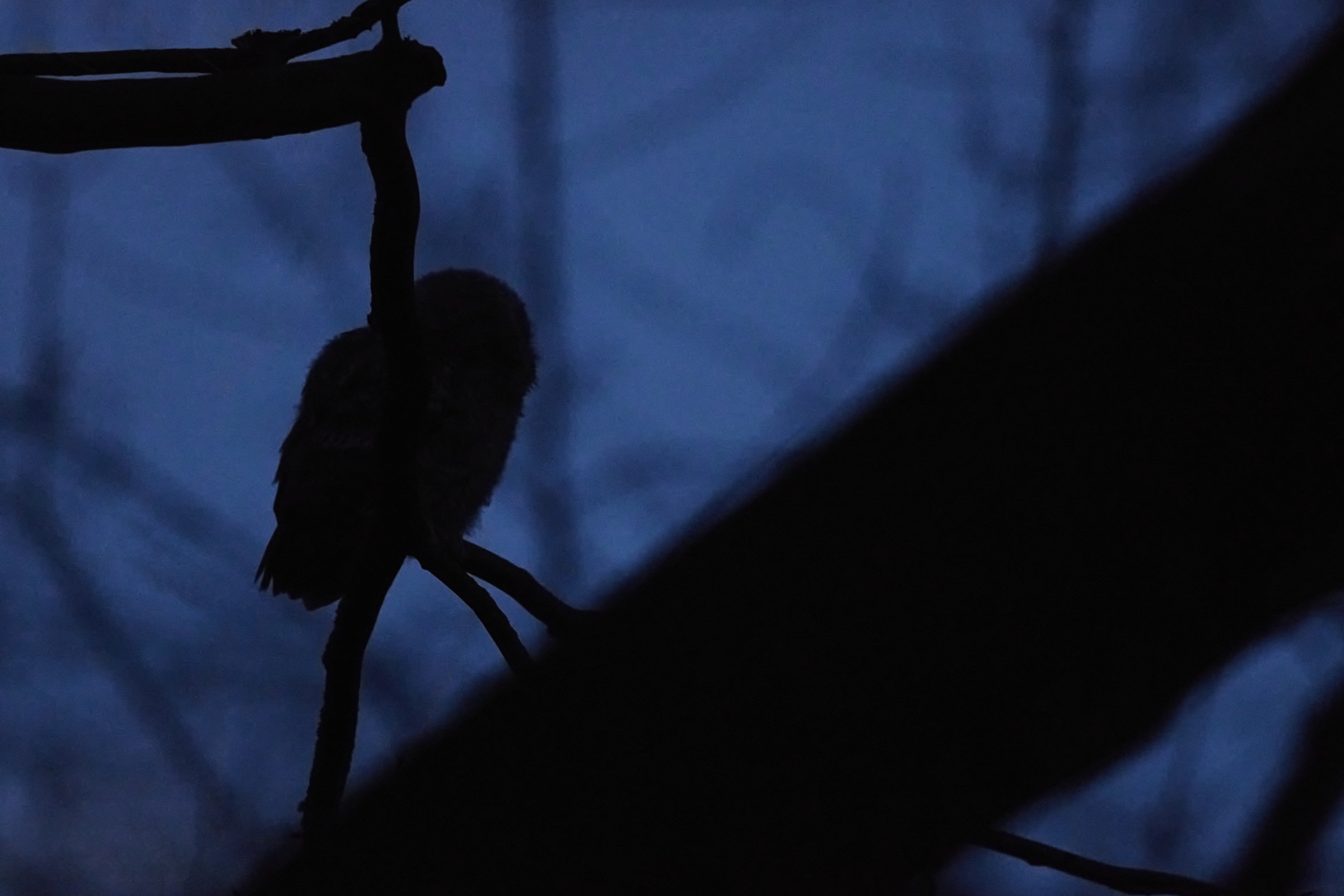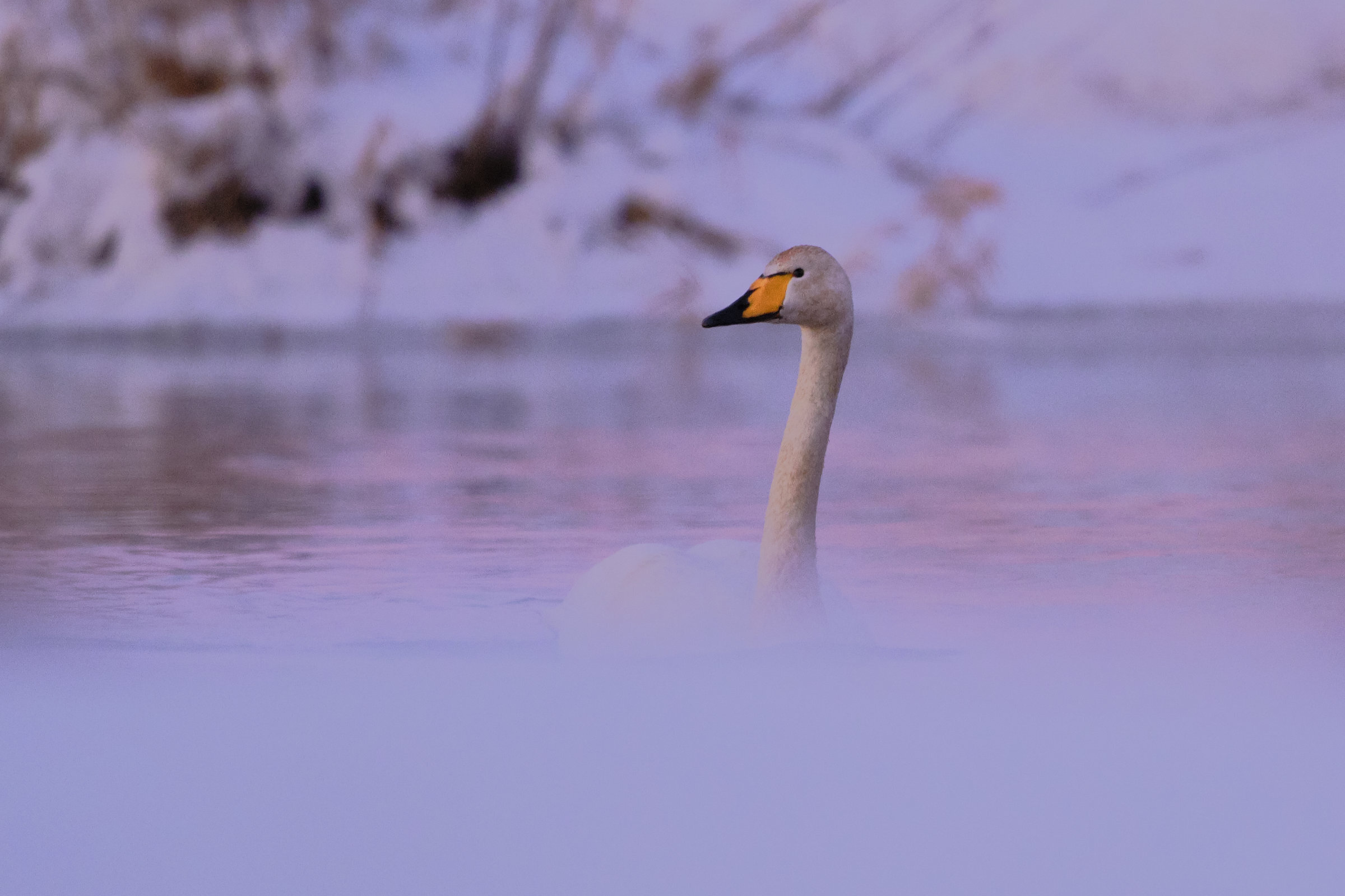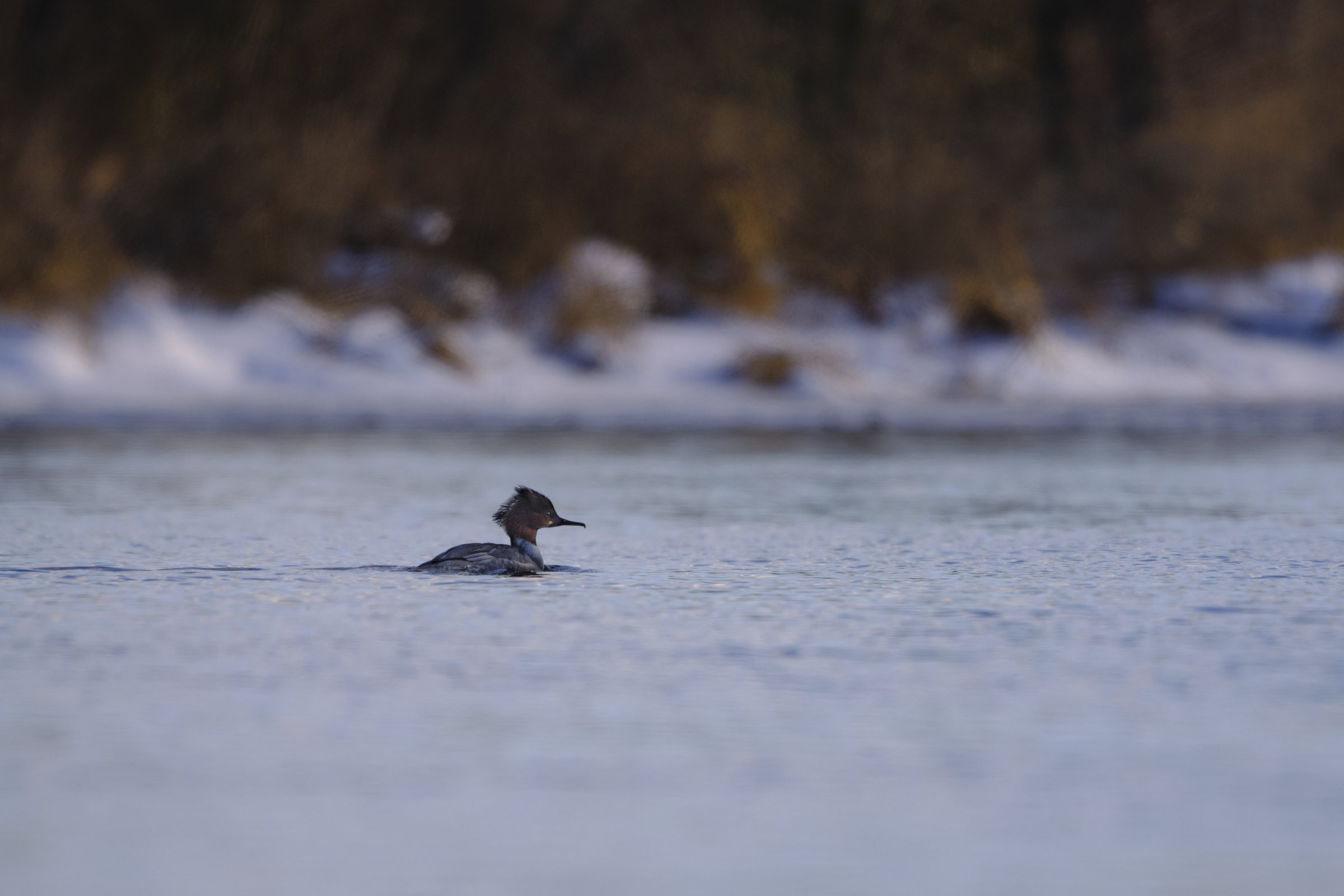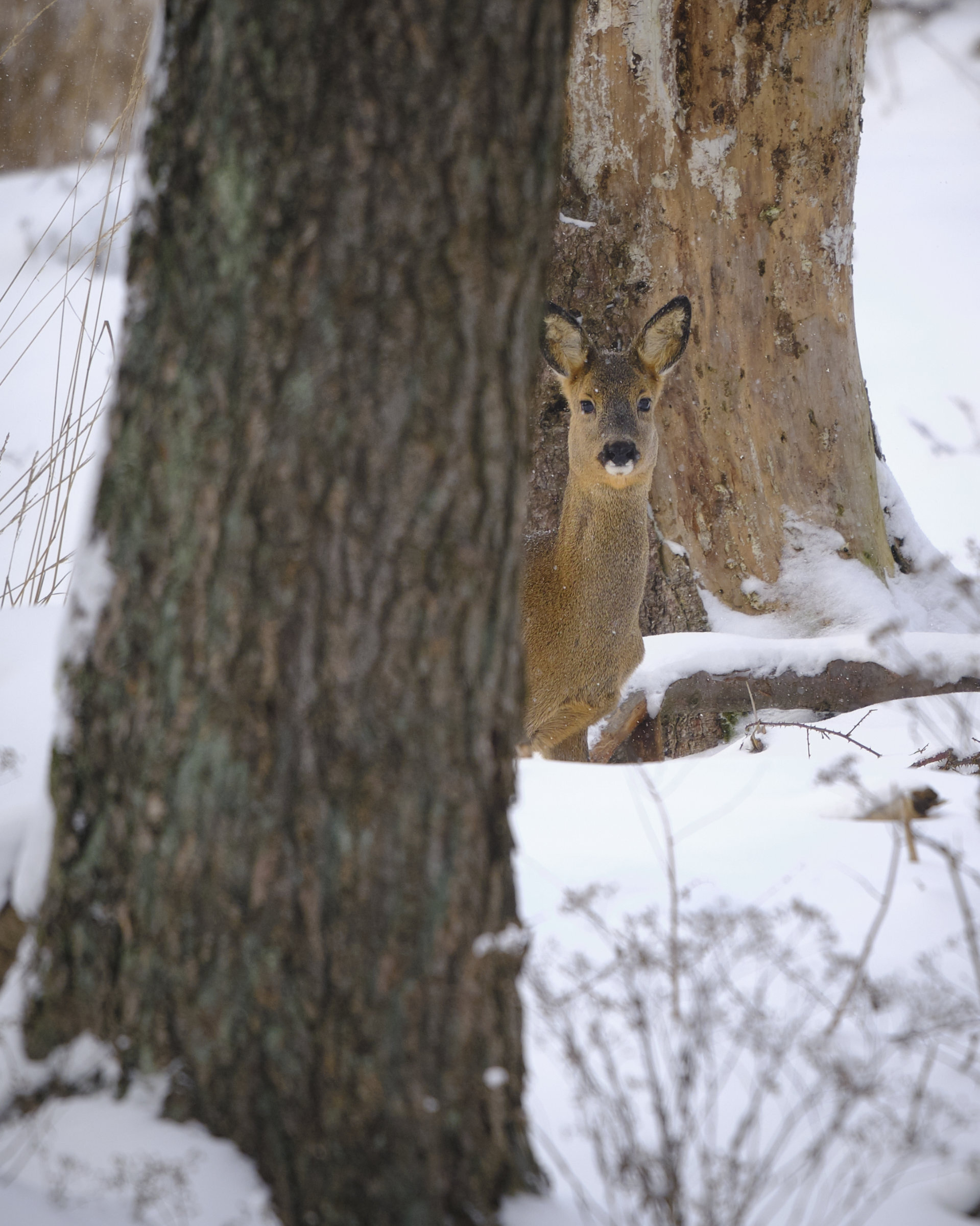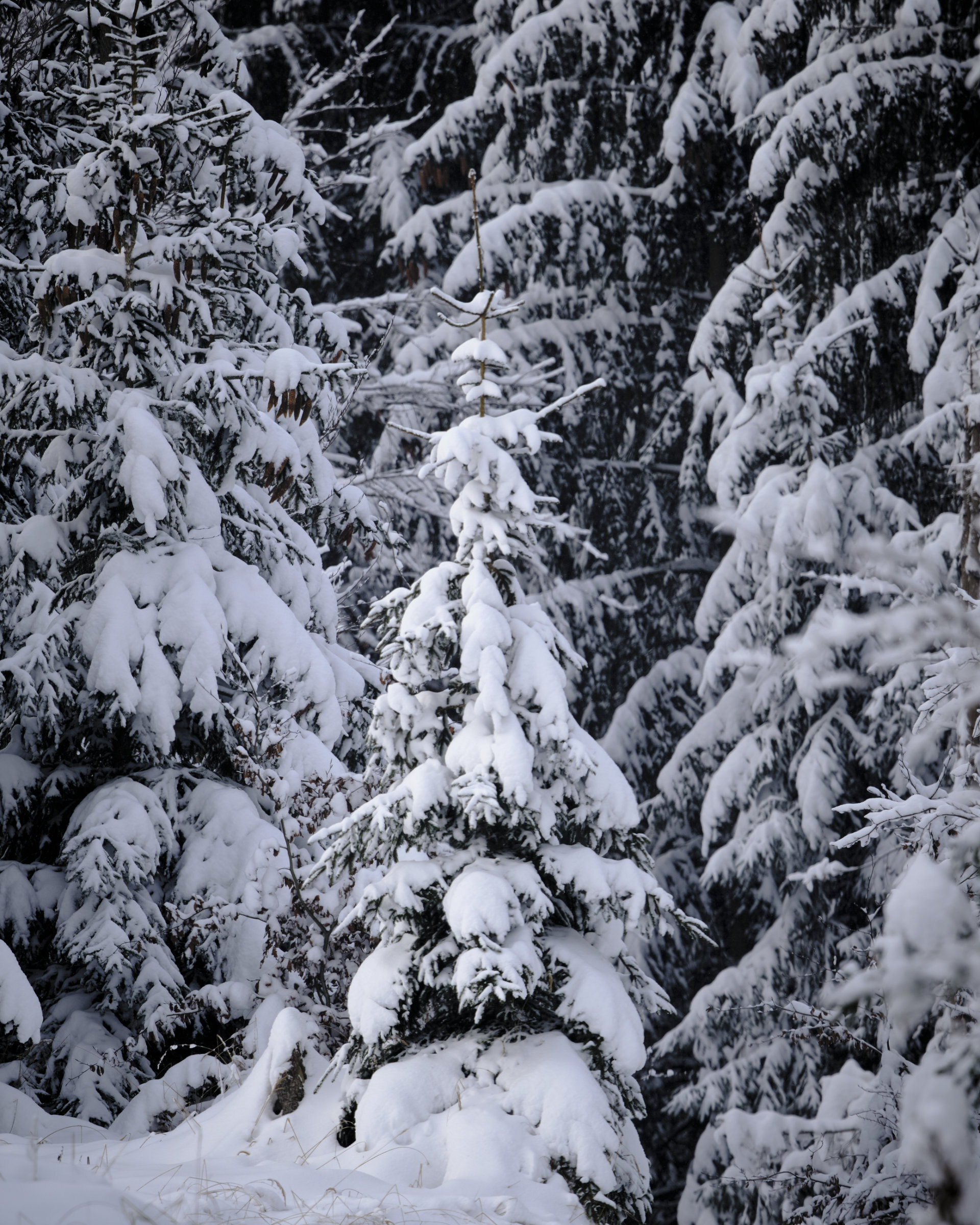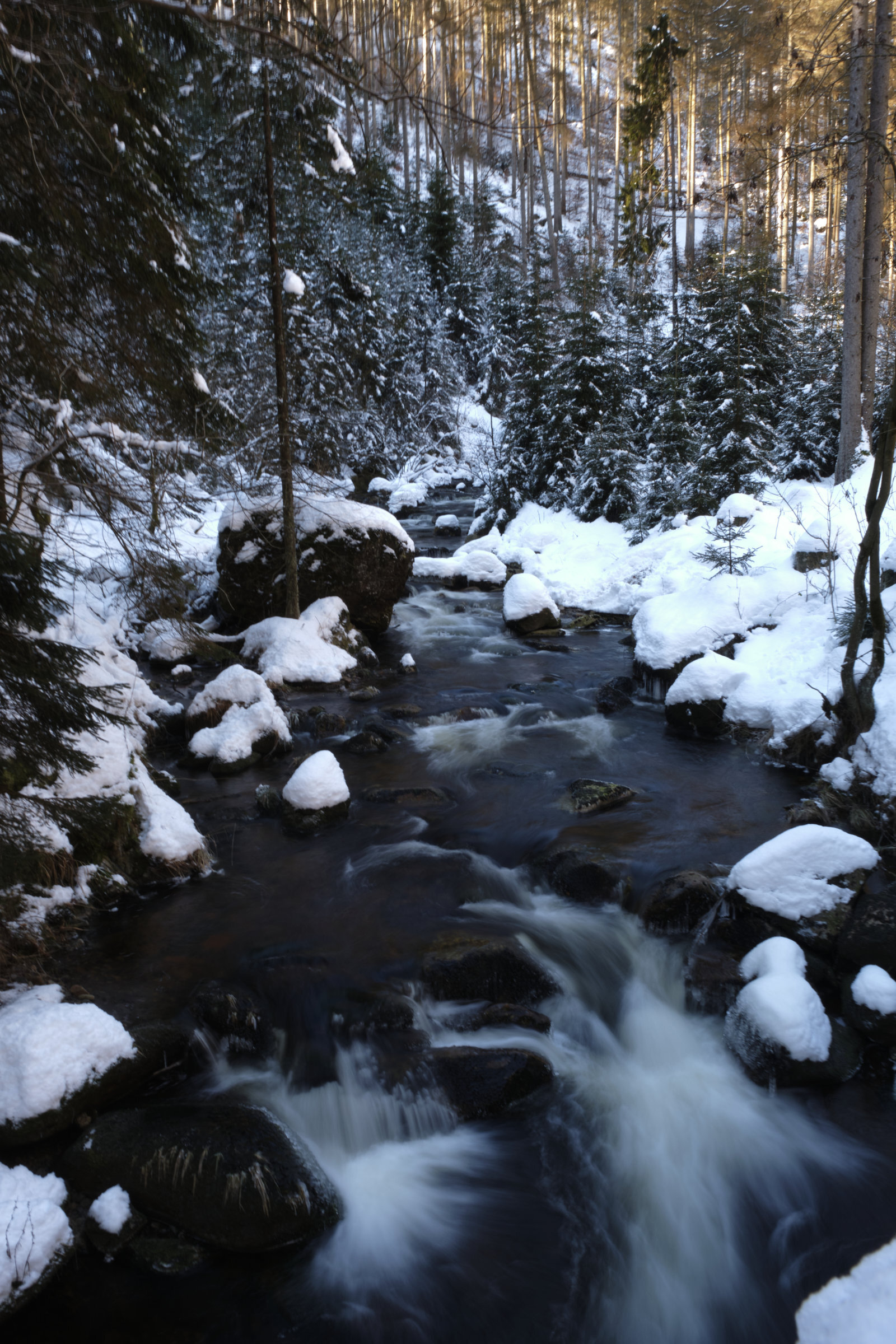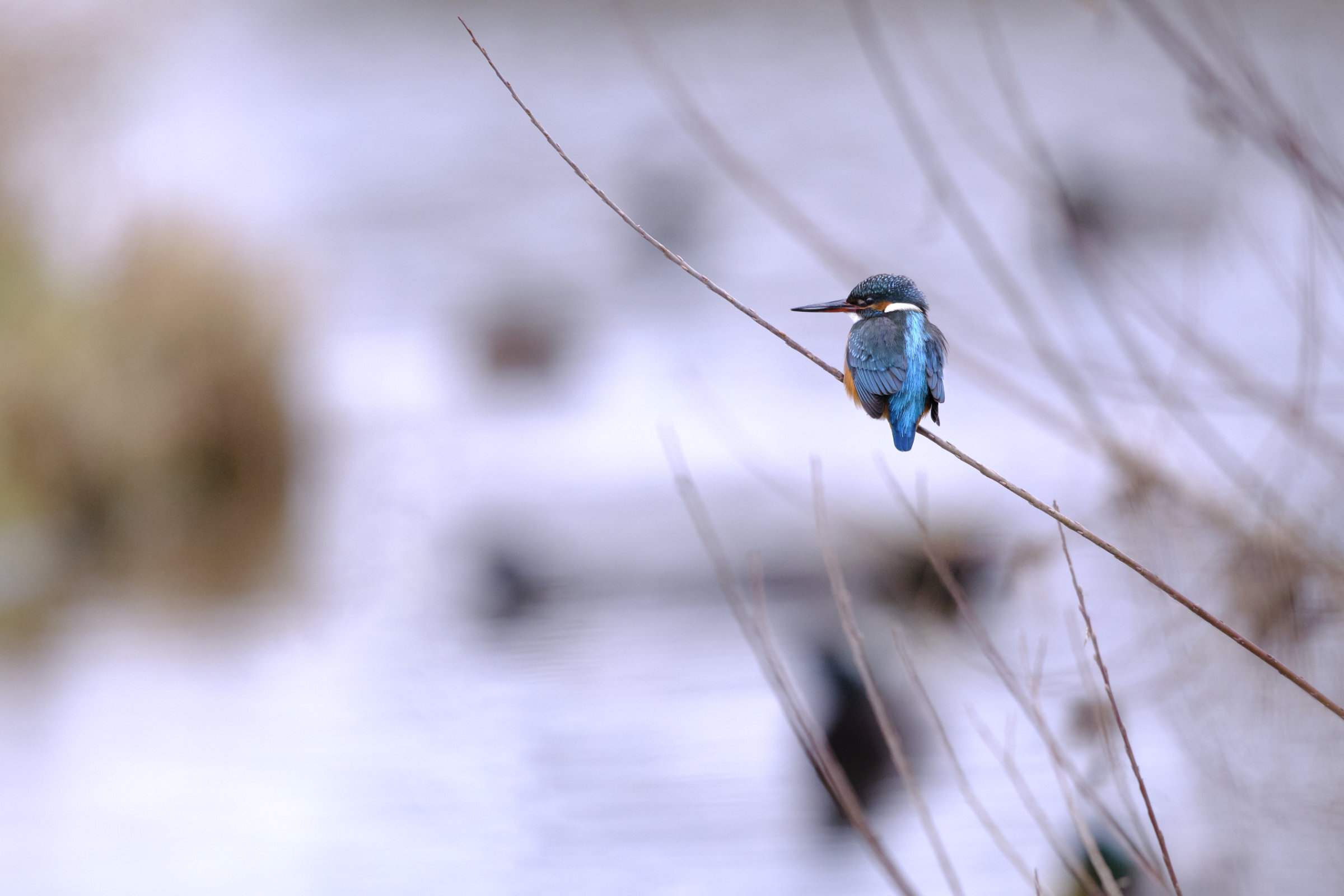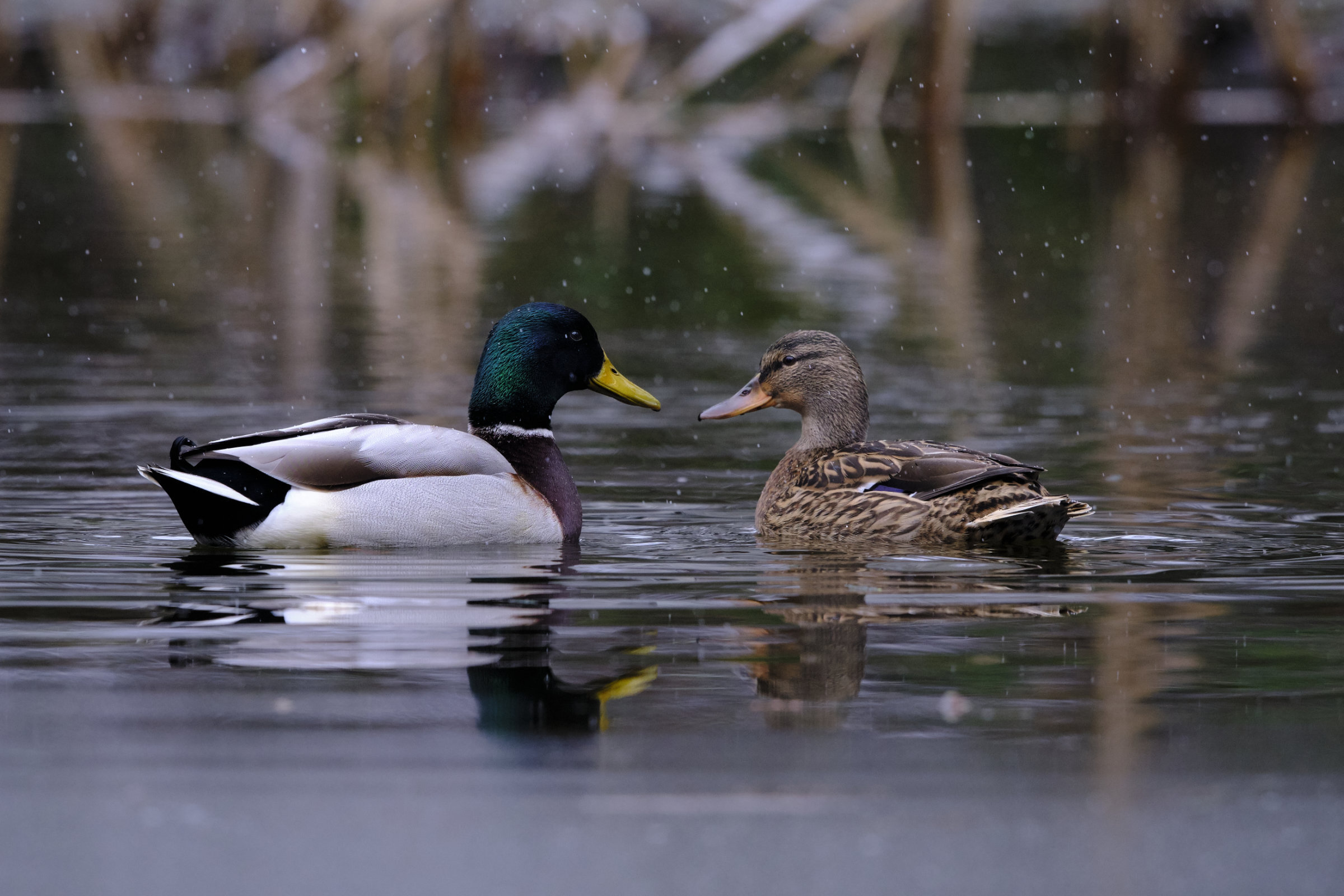Cold and snowy: A surprise winter in Northern Germany
Usually winter in Northern Germany is a dull affair. Grey and with a lot of rain. This year has been different. Especially January and February brought really low temperatures and a lot of snow. My hometown of Goettingen recorded over 30 cm of snow and temperatures as low as -28° C. This is a once-every-30-years-occasion. The local mountain range had more snow, while even the lowlands received its fair share of the white stuff. And while a lot of humans enjoyed the pleasures of winter, nature struggled. Especially smaller birds and birds of prey died in some numbers. The local kingfisher-population nearly entirely collapsed. Surprisingly the white storks, geese or cranes that hibernated here, fared pretty well. With four weeks, the cold was not long enough to seriously harm it.
I mainly have been around at three different places or regions this winter.
My hometown of Goettingen, the local Harz mountains and the southernmost parts of Lueneburg heath.
The latter is famous for a lot of different Scandinavian birds such as all sorts of geese, swans or cranes hibernating there. But all three places had one thing in common. Due to the really low temperatures, nearly every pond or lake was frozen - so all water related birds resorted to the rivers, where they found some open water.
1. Images from the lowlands
Especially on the Aller river, you could find hundreds of ducks, geese or swans. One day, a young roe deer surprised me big time. A cross-country skier disturbed it on the farther bank of the river. The roe deer dashed off, into the river, navigated its way through the drifting ice and climbed the near bank. The water was around freezing and the air way below -10° C. The roe deer looked pretty miserable, but it simply shook the water off and strolled to the safety of the near forest. Wow - what hardships those animals can endure. The unusual conditions provided plenty of opportunities to watch Whooper and Tundra swans which are not too often even in Northern Germany.








